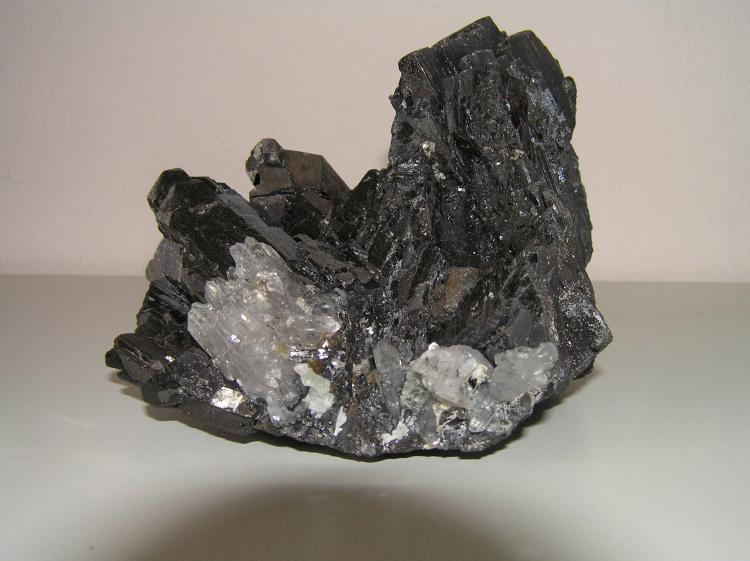The geology collections have also been present in the Royal Seminary of Bergara since the time of the Enlightenment. The pioneering studies into mineralogy and metallurgy which began in 1777 required that the Seminary have a rich mineralogy department. Ramón Mª de Munibe and Fausto Elhuyar, among others, were involved in its organisation and development. The mineralogy collection endured during the entire 19th century and was enriched by the arrival of new materials. An example of this occurred in 1872 when a former member of the Seminary, Mr D. Felipe Bauzá, an eminent engineer and geologist and President of the Geological Mapping Commission of Spain, donated a rich collection of his own minerals to the Institute.
A total of 369 fossils and 1181 minerals have been conserved up to the present day. Despite the relative abundance of pieces and their documented importance throughout the academic history of the institution, recent historical-scientific research has still not enabled the dating nor the reliable identification of these ancient groups of materials.


